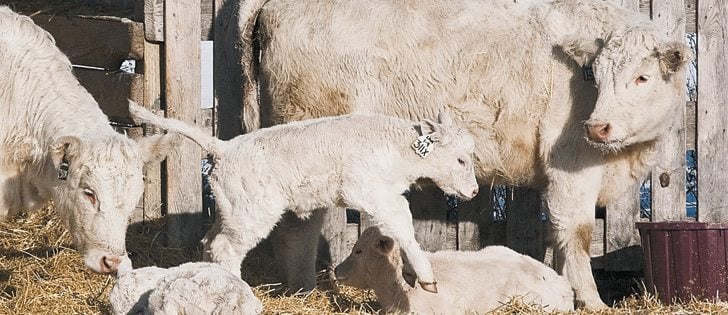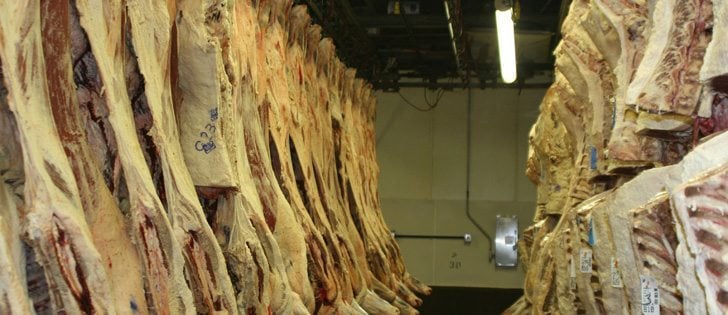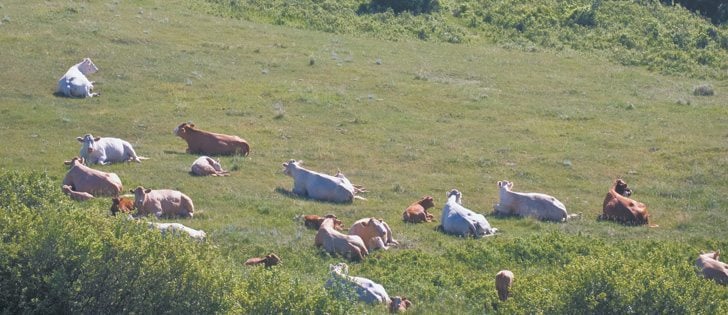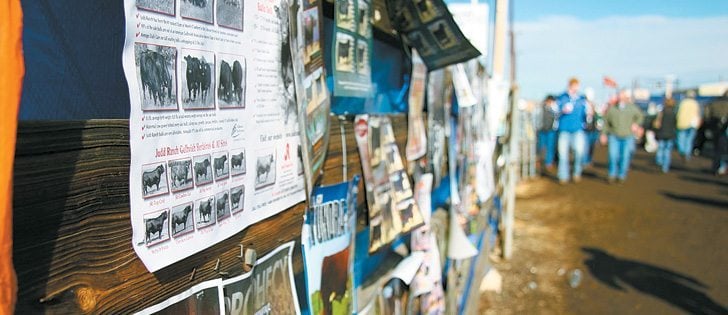Researchers at the Western College of Veterinary Medicine are undertaking five projects to explore and reduce lameness in newly arrived feedlot calves.
Funded by the Beef Cattle Research Council, the projects’ goal is to better understand the incidence and types of lameness that affect feedlot animals, particularly P3 necrosis, which affects the outside claw of the hind foot.
In a recent news release, the re-search council said lameness has many potential causes, among them genetic predisposition, frostbite, foot rot, nutrition, infection and injury. Research will explore the causes with the goal of developing preventive strategies.
Read Also

Beef cattle more prone to trace mineral deficiencies
The trace mineral status of our cows and calves is a significant challenge for western Canadian producers and veterinarians.
Researchers include Murray Jelinski, John Campbell, Chris Clark and Gregg Adams.
P3 necrosis typically occurs within one to seven days of an animal’s arrival at the feedlot.
This reduces performance, animal welfare and economics.
The condition causes a split at the top of the hoof, and the hoof wall often sloughs off within weeks. About half those infected recover and the rest are euthanized because of animal welfare concerns and treatment costs.
“The disease is sporadic but tends to cluster by truckload and feedlot pen,” said the news release.














